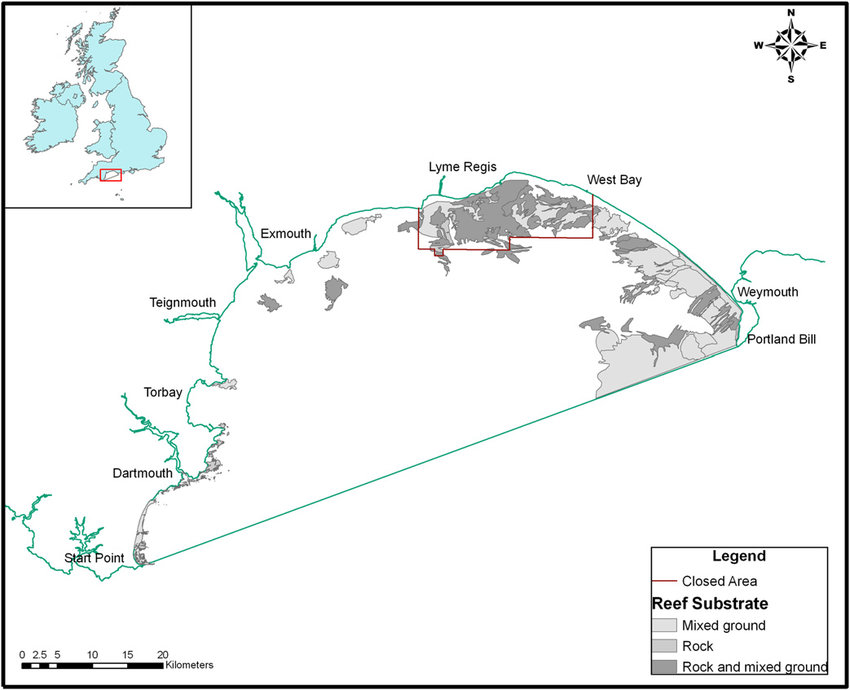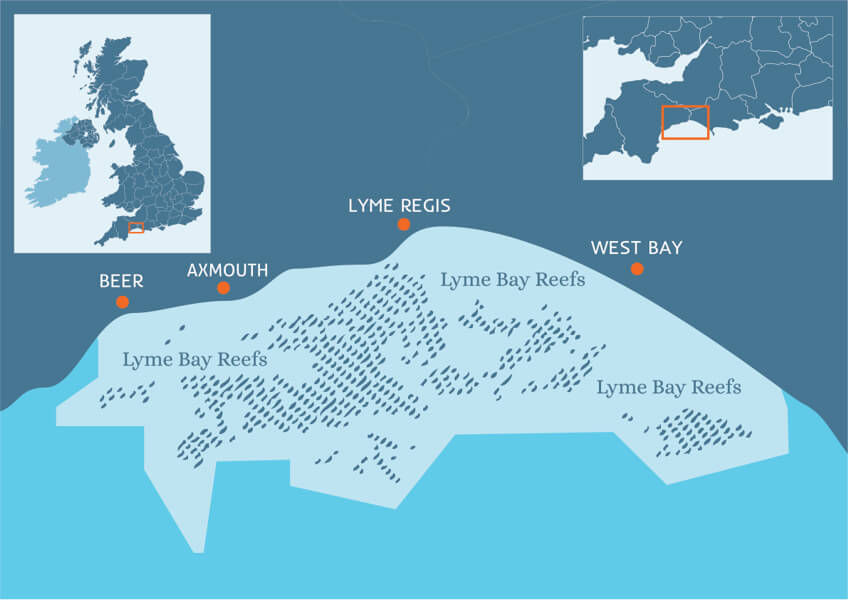“How well protected is Britain’s coast and its wildlife after Brexit? Can our network of MPAs be strengthened and expanded? What impact is climate change having on our waters? How can we lift the curse of plastic pollution from our beaches?”
.
Hugh Fearnley-Whittingstall lives near the Dorset coast and has been campaigning for a decade now for marine biodiversity and sustainable fishing:
Fighting for fish – where’s the catch? | Fish | The Guardian
Hugh’s fish fight | River Cottage
.
He looked at the issues on the latest Costing the Earth on Radio 4 this week:
How well protected is Britain’s coast and its wildlife after Brexit? Chef and fisheries campaigner, Hugh Fearnley-Whittingstall joins Peter Gibbs to examine the health of our seas.
Can our network of Marine Protected Areas be strengthened and expanded? What impact is climate change having on our waters? How can we lift the curse of plastic pollution from our beaches? Surfers, fishermen, campaigners and conservationists join Peter and Hugh to consider the issues.
BBC Radio 4 – Costing the Earth, Maritime Nation
Indeed, how well protected Britain’s coast and its wildlife is after Brexit has been looked at on these pages:
Marine conservation after Brexit – Vision Group for Sidmouth
Marine conservation after Brexit: part two – Vision Group for Sidmouth
.
How much do we really know about our seas?
‘Ocean literacy’ – Vision Group for Sidmouth
.
We are more aware of the pollution on our shores:
Keeping our beaches clean – Vision Group for Sidmouth
A guide on trash in our oceans – Vision Group for Sidmouth
.
We are more aware of the dangers of the most harmful form of marine debris, or ‘ghost gear’, that is, any fishing gear that has been abandoned, lost or otherwise discarded – thanks largely to Joanna Toole of Exmouth:
The Joanna Toole Foundation and the Global Ghost Gear Initiative – Vision Group for Sidmouth
.
We are more aware of the possibilities of nature restoring itself, through stories in the media of exciting sightings at sea:
The return of bluefin tuna to Lyme Bay – Vision Group for Sidmouth
.
And we are becoming aware of the importance of marine ecosystems:
Seagrass in Lyme Bay – Vision Group for Sidmouth
Seagrass as ecosystem service: naturally removing plastics – Vision Group for Sidmouth
.
There are other initiatives in Lyme Bay:
Axe and Otter Estuaries become Marine Conservation Zones – Vision Group for Sidmouth
.
Sidmouth and the River Sid lie almost exactly halfway along the Lyme Bay coast:
.

.
.
Just to the east of Sidmouth lies the Lyme Bay Marine Protected Area:
Above the tide mark, Lyme Bay is one of the most spectacular and most valued landscapes in Britain. The shoreline of Lyme Bay, which is partly in Dorset, partly in Devon, is part of one of Britain’s only natural World Heritage Site, the Jurassic Coast.
Below the tide mark, Lyme Bay reefs are the country’s largest marine protected area.
.
.
Location & Conservation Zones | Lyme Bay Fisheries & Conservation Reserve
.
There’s a lot of interest from researchers:
Marine Protected Areas: monitoring the Lyme Bay exclusion zone – University of Plymouth
.
Finally, there are some fantastic online resources – with a wealth of information and photography:
Full of colour and teeming with life, Lyme Bay’s reefs are key part of a Marine Protected Area (MPA) which covers over 310 sq km of seabed. The MPA protects places like rocky and stony reefs as well as vast fields of seafans, rare corals and abundant fish and shellfish populations.
Together, these make Lyme Bay Reefs hugely popular with local fishers, anglers and divers for either commercial or recreational activities. Marine biologists carry out important research and monitoring work within the MPA helping to ensure its management strategy has a positive effect.